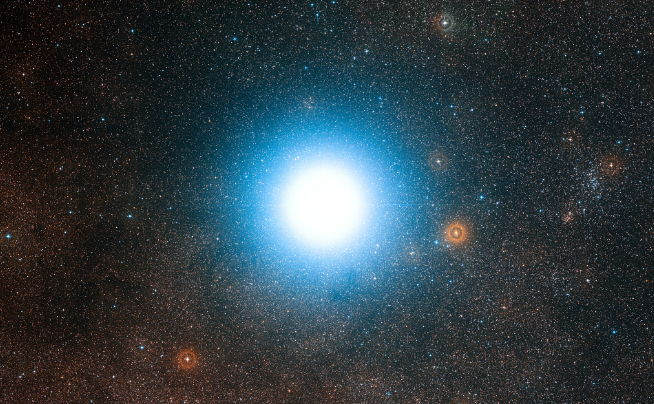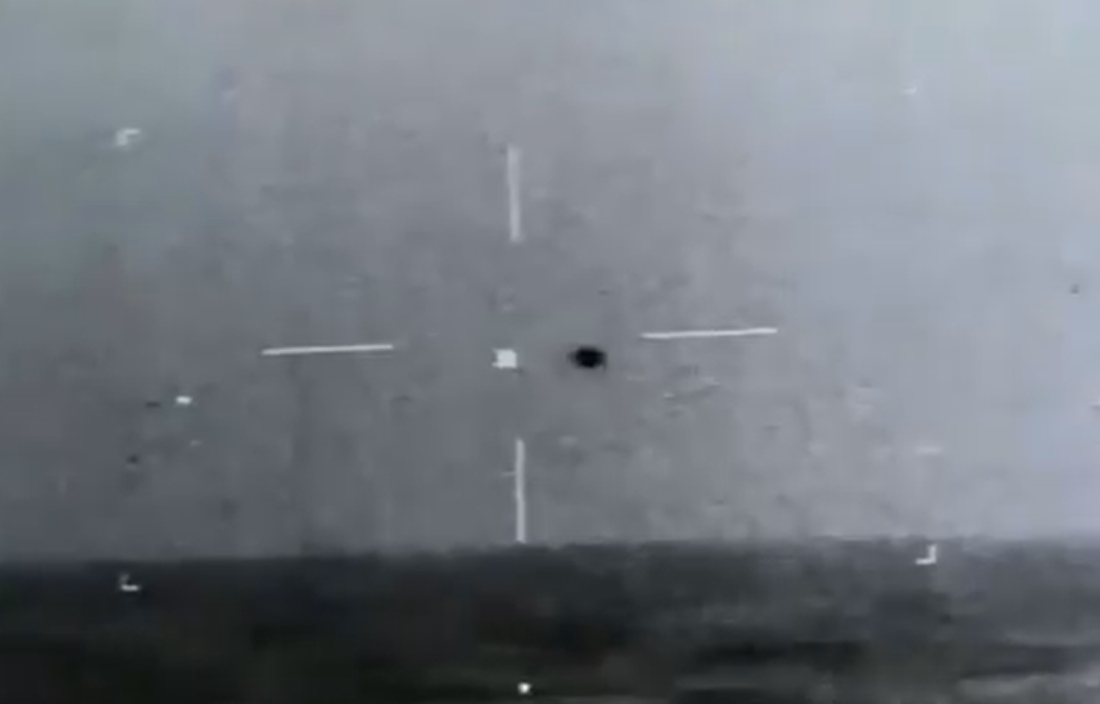
Advertisement
Two of the three closest stars outside our solar system are reportedly emitting comparable amounts of X-ray energy as the sun. That tolerable level of radiation gives alien life a “fighting chance” to survive on any planets that might be lurking around one of those stars, an article in Space.com stated.
These stars are known to astronomers as Alpha Centauri A and B. Because of their closeness to Earth; these binary stars are fairly popular candidates for hosting possible alien life.
Researchers from the University of Colorado Boulder (UC Boulder) pored over radiation data from the Chandra X-ray Observatory. They believe that the stellar radiation levels from Alpha Centauri A and B were mild enough to permit life.
“This is very good news for Alpha Cen AB in terms of the ability of possible life on any of their planets to survive radiation bouts from the stars,” remarked UC Boulder researcher Tom Ayres, who acted as the lead author of the new paper. “Chandra shows us that life should have a fighting chance on planets around either of these stars.” (Related: NASA has been covering up the truth about life on Mars.)
A tale of three stars and their potential habitable exoplanets
The Alpha Centauri system is found a little more than four light-years – 25 trillion miles – from our star system. It is made up of three stars that rank among the brightest in the night sky.
Alpha Centauri A and B are medium-sized yellow stars like the Sun. They are also binary stars that orbit each other very closely. Astronomers often combine them as “AB” for convenience.The third member of their system is Proxima Centauri, which is some distance away from them. Unlike A and B, it is a red dwarf star, one of the most common types in the galaxy.

So far as exoplanet hunters can gather, no exoplanets are orbiting either Alpha Centauri A or B. Undaunted astronomers keep searching for any signs. Proxima Centauri, on the other hand, hosts a single exoplanet called Proxima b. The planet is around the same size as Earth; it lies in the “Goldilocks zone,” the region of space around its parent star where water can exist in the liquid state required by life as we know it.
The problem for hypothetical alien life on Proxima b is that red dwarf stars are very active stars. They often release powerful stellar flares that can burn away the atmospheres of planets. Proxima Centauri is no exception to this. Researchers, therefore, believe that Proxima b no longer has an atmosphere due to this regular bombardment of stellar radiation.
.
Habitable zones around Alpha Centauri A and B are safe for life
Instead, the UC Boulder researchers focused on Alpha Centauri AB. The binary has been monitored by the NASA-operated Chandra space observatory twice a year since 2005. Ayres and his team sifted through 13 years worth of radiation data on Alpha Centauri. They reported that the X-ray radiation levels in the habitable zone around Alpha Centauri A are lower than those on Earth.
The Goldilocks zone around Alpha Centauri B, on the other hand, experienced five times the amount of X-rays in our solar system. However, these higher radiation levels are still not lethal for life, Ayres asserted.
The findings of the UC Boulder researchers are not just applicable to extraterrestrial life. The Alpha Centauri binary exhibited X-ray activity similar to the 11-year-long sunspot cycle of the sun. Understanding Alpha Centauri A and B’s behavior would, in turn, allow us to predict the activity of our own star.
For more observations of extrasolar stars that may harbor habitable planets, touch down at Cosmic.news.
Sources include:
Submit a correction >>
This article may contain statements that reflect the opinion of the author
Advertisement
Advertisements















